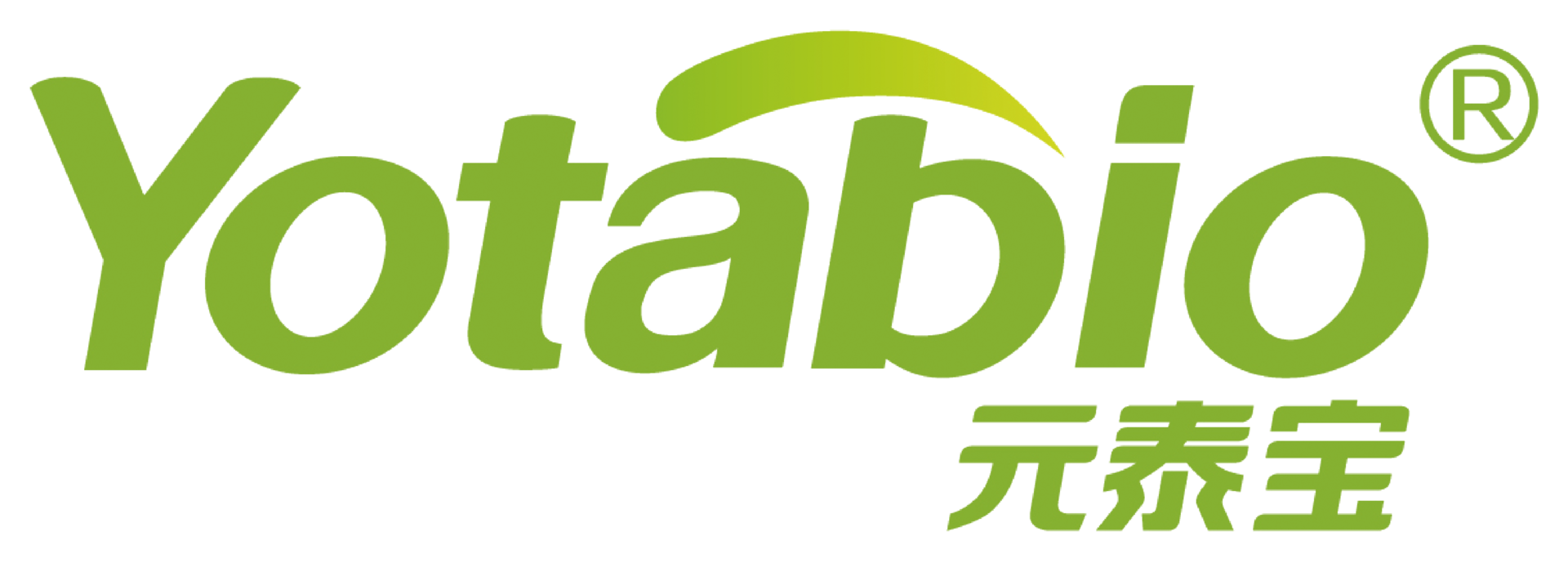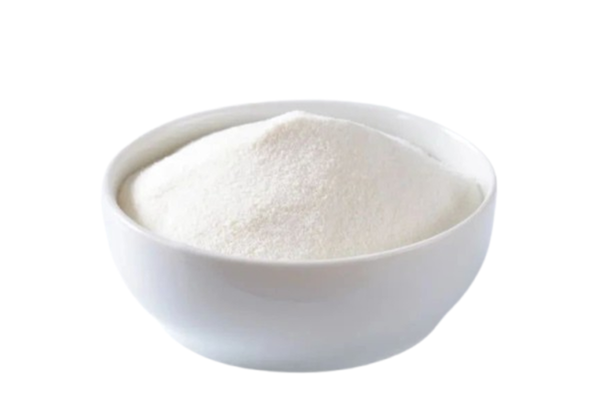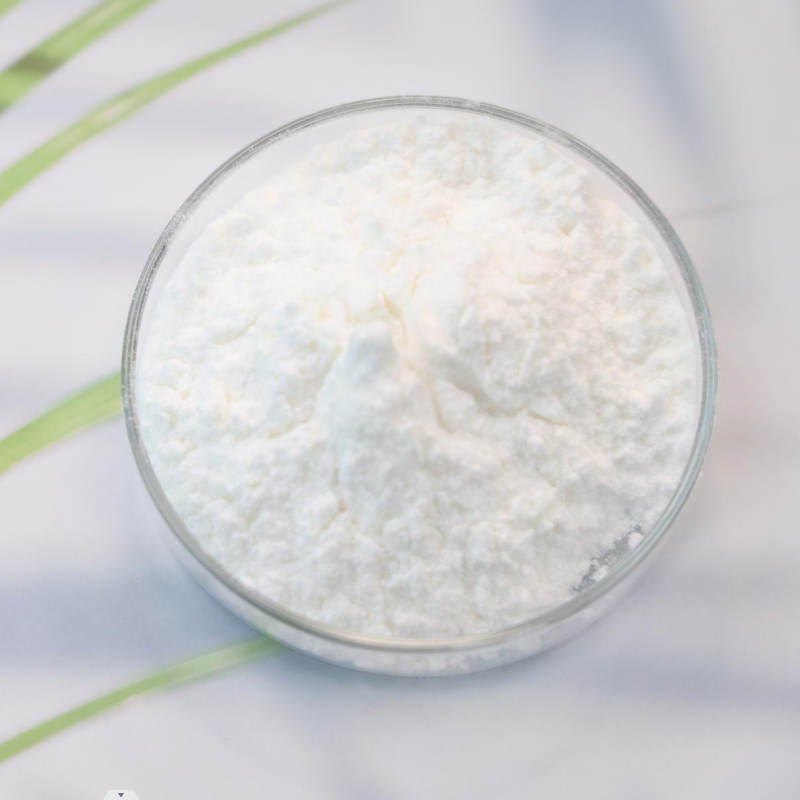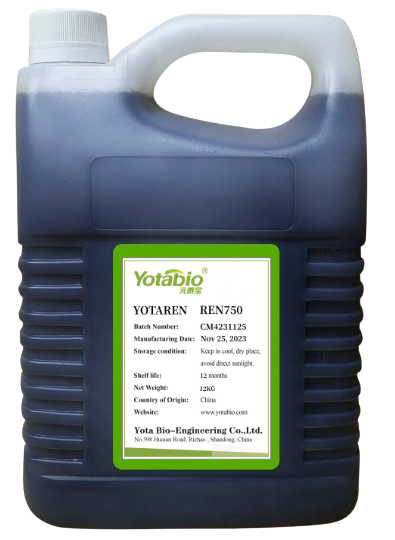
Product Description
Freshmix Buffered Vinegar is an alternative to chemical preservatives. It's a label-friendly food safety ingredient with a balanced flavour profile designed to protect meat, poultry and processed fish products, as well as delicatessen salads, from food-borne pathogens such as Listeria monocytogenes. It effectively extends product shelf life by inhibiting the growth of spoilage bacteria.
Buffered vinegar for extended shelf life
Microbial spoilage is a key factor in the shelf life of a variety of protein-rich foods. Tests have shown that vinegar-based ingredients protect ready-to-eat (RTE) foods and other processed meat, poultry and fish products from spoilage bacteria. In addition, these natural ingredients meet the growing consumer demand for clear labels and low sodium products, while reducing the total plate count.
YOTABIO offers a range of natural clean label preservatives. Our cultured shelf life extenders are produced via the natural fermentation of non-GMO corn, rice or edible alcohol.The resulting product is an white powder containing short-chain organic acids and other natural fermentation-derived metabolites that can extend the shelf life and enhance the flavor profile in a variety of applications including plant-based meat, baked goods, cheeses, meats, salad dressings,condiments, dips, spreads and more.

Composition
Distilled vinegar powder, produced from fermentation (CAS code 8028-52-2)Free acid index 5-7% and higher
Specifications
GMO information
According to regulations Ec No. 1829/2003 and 1830/2003. Microorganisms used for the production of this product are not genetically modified.
Storage conditions: Store unopened under 20°C in dry conditions, away from direct sunlight.
Expiry date: 2 years under storage conditions.
Purity and legal status:
The European Commission authorizes the use of buffered vinegar as a food additive and lists it as E-267 in the list of food additives. By the publication of Commission Regulation (EU) 2023/2086 of 28 September 2023 amending Annex II to Regulation (EC) No 1333/2008 of the European Parliament and of the Council and to Annex II to Commission Regulation (EU) No 231/2012: the buffer will Vinegar is used as a preservative and acidity regulator.
Packaging: available loaded in 10kg carton box, also 25kg drum available as requested.

Proposed uses and use levels
Proposed uses and maximum/typical use levels of buffered vinegar expressed as acetic acid equivalents (mg/kg)
KEY BENEFITS OF Buffered Vinegar
• High acid concentration - Vinegar concentrations are much greater (roughly three times greater) in powders compared to liquid vinegars.
• Low dosage rates - The ability to use low, but effective, dosage rates helps avoid flavor impacts.
• Lower inherent flavor - In the process of drying liquid vinegar to create the powdered format, volatile compounds that contribute to aroma and taste are driven off along with water. • Lower freight costs - With water content left behind, powders are also less costly to ship and store.
• Convenience - Powders can simplify the production process when mixed into a spice blend, and they can be used in topical applications.

Application of Buffered Vinegar
The European Commission has authorized buffered vinegar as a food additive for use in various types of food products, including mozzarella cheese, ricotta cheese, canned/bottled fruits and vegetables, fresh pasta, fresh precooked pasta, and certain breads and meats products.
1. RTE uncured turkey
The overall results indicated that the dry vinegar ingredients (6.66 to 8.83 mM acetic acid in the finished product) were effective in inhibiting L. monocytogenes obtained from multiple sources in reduced-sodium RTE uncured turkey stored at 4°C without adversely impacting the quality attributes.

2. Cooked ham
All tested cooked hams supported growth of L.monocytogenes. Buffered Vinegar Dry clearly extended the shelf life and can be used as a label friendly listeristatic control measure by cooked ham producers.

3. Smoked salmon
A European survey showed that ready-to-eat fish products, mainly smoked salmon, had more occurrences and higher levels of Listeria than ready-to-eat products of cheese and meat. The Norwegian salmon industry processes and exports salmon to many countries and Listeria represents the largest food safety challenge for this worldwide exporting industry. There is a need for measures that enhance control and reduce the risk of Listeria in these types of products.

Enzymes and cultures play a key role in ensuring that dairy products have the best possible flavor and appearance, while staying fresh for longer. YOTABIO can help you plan your food ingredient purchases through natural solutions. We focus on the production of food preservatives and enzymes.
YOTA BIO-ENGINEERING CO., LTD (YOTABIO) is located at 398 Huan'an Road, RETDA, Rizhao, P. R. China, a beautiful coastal city in Shandong Province.
Our production base now covers about 38,000 square metres and there are 150 staff members working to produce high quality bio-food additives such as Nisin, Natamycin, Polylysine and Transglutaminase (TG), Lysozyme, Rennet, Chymosin, Lactase and Lipse for the dairy industry since 2016, and we also supply vegan food ingredients such as Methylcellulose. Thanks to our diligent workers, YOTABIO is able to provide stable with quality products to our customers all over the world.
YOTABIO is committed to becoming a leading manufacturer of bio-food additives in the food industry in China, by having a strong innovation in the R&D area, the well-designed & established manufacturing facilities and a responsive & creative customer support system.
Deeply rooted in YOTABIO's corporate culture, innovation and expertise are at the core of new developments. YOTABIO is constantly innovating and improving its range of food ingredients.
The innovation team at YOTABIO brings together the necessary energy, scientific and technical skills to serve a common goal: to continuously provide the best products and service to our customers.
Using bio-based materials and state-of-the-art biotechnology, we can help you meet the various consumer demands for food preservation and processing. We can also help you reduce costs and improve food safety by maintaining freshness & quality for the intended shelf life of the food.


COA--buffered vinegar powder FRESHMIX BV.pdf







